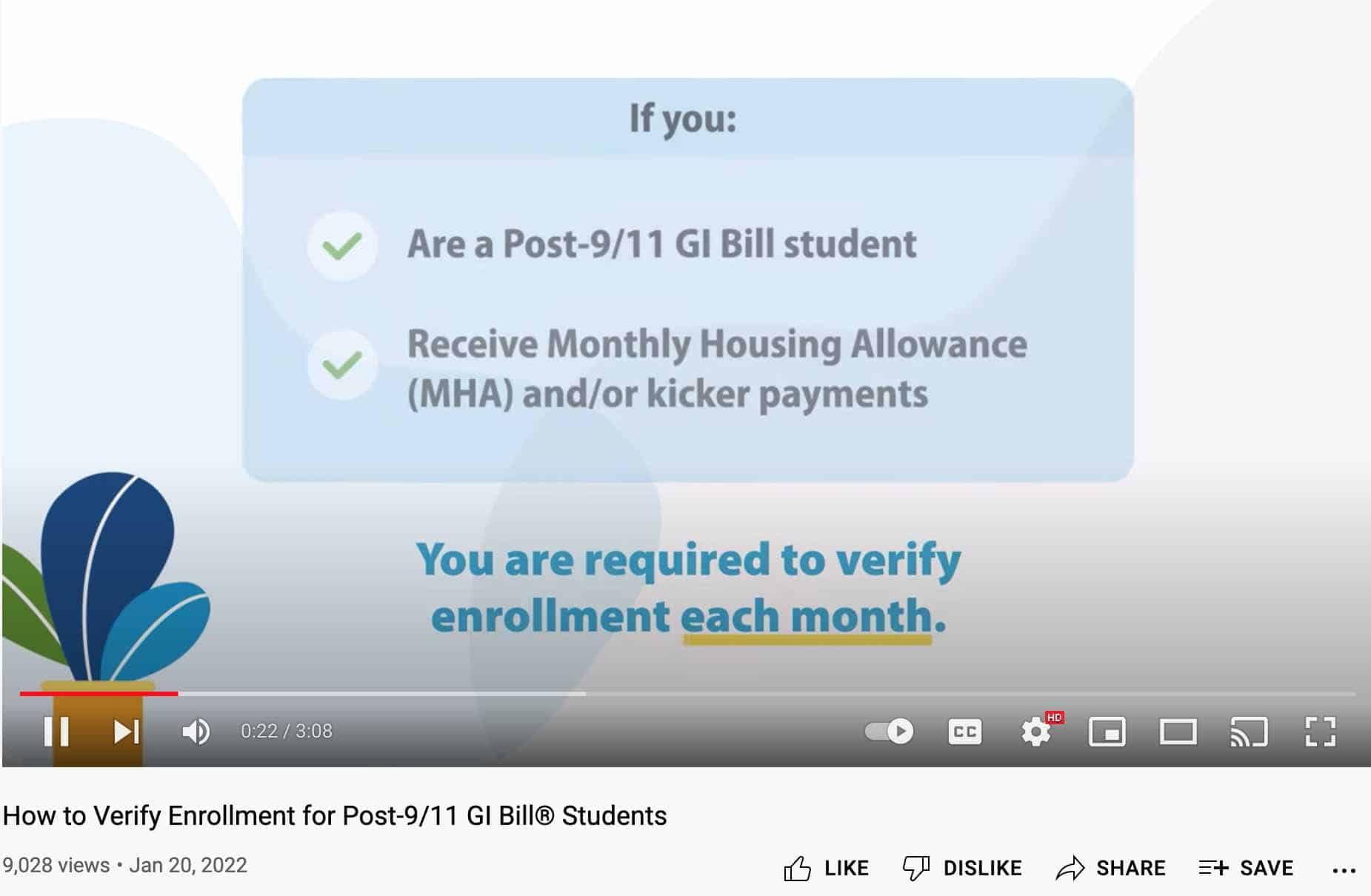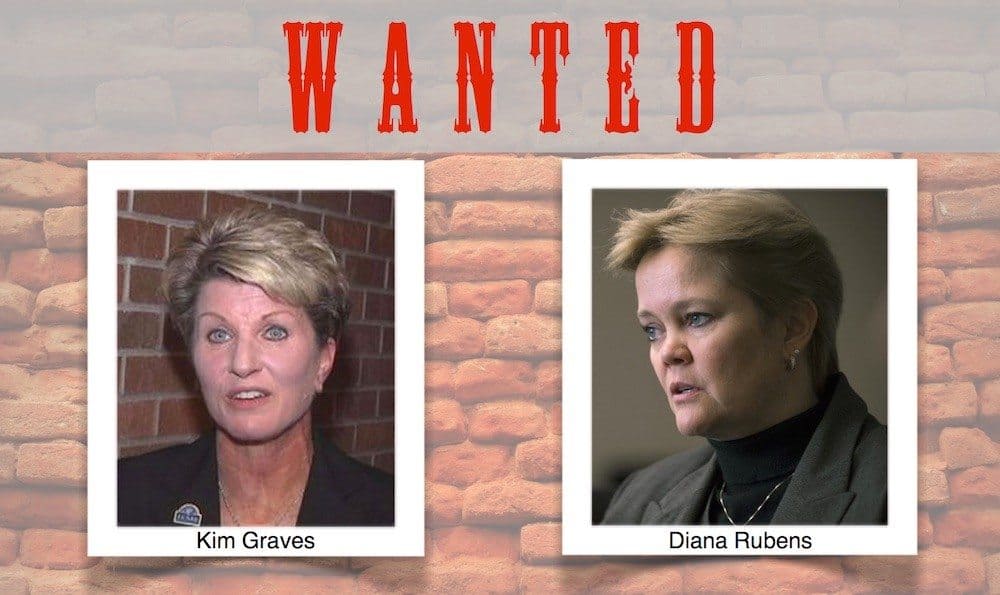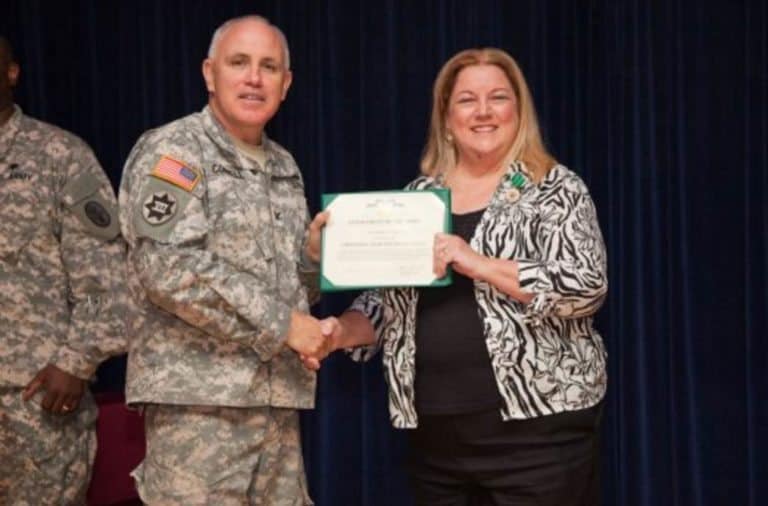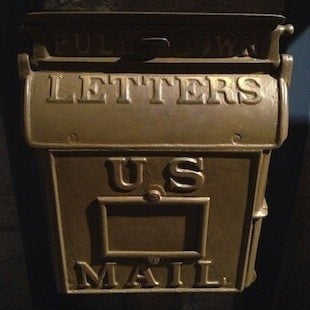Verify Your Own GI Bill Enrollment, Or Else!
Many veterans receiving the Post 9/11 GI Bill must now self-verify their school enrollment each month or risk a shutoff of their housing allowance.
For decades, VA has worked with school officials to verify student attendance for a veteran to keep receiving their GI Bill monies. VA is now placing verification responsibility onto veterans — many of whom likely have no idea of this new burden.
When the change?
It sounds like VA has talked about the change for a couple months, but much of its public facing online instructions, FAQs, and video were all rolled out less than two weeks ago. The rules apparently went into effect a few months ago for some GI Bill users, but the majority of users are implicated for this term.
It seems likely that many veterans were likely totally unaware going into this term.
A detailed communication toolkit can be found here.
Why the change?
If you believe what VA says, the agency is trying to cut down on overpayments to veterans and universities.
VA wants to be sure veterans are regularly verifying enrollment to prevent charges for classes not attended. VA says this step is being made to “help” prevent overpayments to veterans.
“By regularly verifying your enrollment, you protect your GI Bill entitlement by preventing charges for classes or training you did not attend. Though this new requirement is an additional step, enrollment verification is easy to do and will help you better manage and access your earned benefits, as well as help prevent overpayments.”
While this may seem dubious to some, VA claims forcing veterans to serve as their own certifying official each month is there to help the veteran… So, the motive must be benevolent like every other sudden change the agency makes that burden veterans suddenly.
Will GI Bill payments stop?
Veterans will receive notices by email and text message to verify enrollment. Failure to verify after two months will result in benefits being shut off until the veteran verifies.
“If you fail to verify enrollment for two consecutive months, your [housing] payments will be placed on hold,” department officials warned in a message explaining the verification requirement. “By regularly verifying your enrollment, you protect your GI Bill entitlement by preventing charges for classes or training you did not attend.”
The obvious problem here will be making sure students receive the electronic messages VA sends.
What’s the risk?
Given the problems VA systemically experiences ensuring veterans receive paper documents, it seems like a stretch to believe the agency will successfully send electronic messages – – especially in this era of spam filters, spam messages, and the high odds veterans bombarded with spam will disregard the message even if they receive it thinking it’s spam.
Other issues may be increased risk of phishing schemes where criminals will mimic VA text messages and emails demanding certification.
How it works?
VA seems to be encouraging text verification over email verification. And both these options are being encouraged over calling in.
Verification via text:
- Opt in: Students with a U.S. mobile phone number can use text messages as a simple, quick option for verifying monthly enrollment. As your enrollment approaches, you will receive the following opt-in text: “Post-9/11 GI Bill housing and kicker payments now require monthly enrollment verification. Would you like to submit yours via text? Please reply YES or NO.” Reply “YES” to opt in. The text message link will expire 14 days after receipt, so please respond within that time frame.
- Verify: After opting in, you can verify your enrollment every month simply by responding to the following text message from VA: “Did you remain enrolled in your courses in MONTH YEAR as certified? Please reply YES or NO. If you have dropped all your courses, you must reply NO.” Reply “YES” to verify enrollment for the previous month. If you don’t reply within 6 days, the conversation will expire and you will need to call the Education Call Center (ECC) at 1-888-GIBILL-1 (1-888-442-4551) domestically or 001-918-781-5678 internationally to verify your enrollment.
- NOTE: When responding to opt-in or verification texts, it may take up to a day to receive a confirmation text in response. Be assured that your response has been received.
Verification via email:
- If you opt out of text messages, can’t verify by text, or do not have a US mobile phone number, you will be automatically enrolled in email verification at the email address on file with VA. NOTE: NCD students who previously opted out of text message verification will automatically be enrolled into email verification after January 15, 2022.
- After being opted into email verification, you will receive an email with the subject line, “Confirmation: You’ve been enrolled into VA’s email verification!”
- On the last day of each month, you will receive an email with the subject line, “Action Required: Verify Your Monthly Enrollment”. Select “Yes, my enrollment is the same” to verify your enrollment. After selecting your response, you will be taken to a confirmation page thanking you for verifying your monthly enrollment.
- If you don’t select a response within 14 days, the links in your email will expire and you will need to call the ECC to verify your enrollment.
- If your enrollment status has changed, select “No, my enrollment has changed.” Please contact your SCO to ensure your enrollment record with VA has been adjusted.
Is self-verification a step too far? Why now?
It is obvious VA just rolled this system out less than six months ago. I am unclear on the statutory justification to limit access to benefits in this way.
Without that verification, a veteran cannot receive monies. Without monies, there is no overpayment.
To do this job, VA wants the veteran to use their cell phone text system over email. But they definitely prefer either method over phone calls. Why?
If I were a betting man, I would bet VA is trying to verify real time locations of the veteran.
Due to COVID, we know a lot of veterans were attending college under remote circumstances. This would allow a veteran to receive monthly subsistence payments at the rate for the zip code of the school while living nowhere near the school.
By using a cell phone for verification, VA is able to ping the specific geolocation of the veteran similar to requiring SMS text for two factor authentication when logging into an online database of some kind. This is obviously speculation on my part, but the sudden shift of policy carrying the threat of cutting off benefits seems to have more in play than meets the eye.
Perhaps, the agency is looking to evaluate this data for future cuts in how the agency calculates BAH payment rates.
Veterans seem less than thrilled…
VA wrote about the new change on its VAntage Point blog back in September with the spin that it was helping veterans avoid burdensome overpayments.
The commenters on its blog were less than thrilled, and their comments are below:
Alissa October 6, 2021 at 9:09 pm
Thankful this is my last semester.
Mike September 16, 2021 at 8:39 pm
Sounds like some beuracratic bullsht to me! Bout to rise roll from these messages for good
Faz October 2, 2021 at 3:06 am
I am with you on that one.
Joe September 16, 2021 at 12:17 pm
Come on, there is nothing in here to “protect veterans” all it does is add a completely unnecessary extra step that if the veteran screws up you get to cut off their benefits.
Why do I need to manually verify my enrollment every month? My school already tells you when I’m enrolled, and when I’m not enrolled. You have this information, why do I need to give it to you again? Oh, I see… if I fail to do it 2 months in a row you cut my benefits.
Of course, this is on top of the extra paperwork you made my school have me fill out earlier this year, paperwork I never had to do before using my GI Bill.
I’ve never been one to say things like “they’re just trying to cut our benefits” but this one is so blatantly obvious I can’t find anything else to say about it.
Alex September 16, 2021 at 12:07 pm
So we’ve added administrative overhead to an already slow system to ensure that when the VA screws up, the veteran still gets boned?
Which numbnuts politician came up with this genius idea…
Nicholas September 16, 2021 at 7:16 am
Protecting the veterans? Adding a virtual baby sitter for adults while they are in college isn’t protecting them.
Source: https://benefits.va.gov/gibill/isaksonroe/verification_of_enrollment.asp






Enrollment verification is not va requirement. It’s from sec. 1010 of isakson roe act. Congress.
If you think this sounds bad you should let me tell you about the scheme the VA has were they will disenroll veterans out of the vha completely with no notice and no appeals and then cut off all their healthcare if they don’t comply to re enroll. I was told this is done so they can force veterans to disclose their financial information when they don’t have to or they will be forced into a pending status. Happened to me I am now 6 months or so without any health care at all after 16 years of being fully enrolled!
I’ve wondered about the disenrollment policy for some time since it seems as if certain disabled veterans should not need to worry about being pushed out of the system if they do not seek health care for a period fo time.